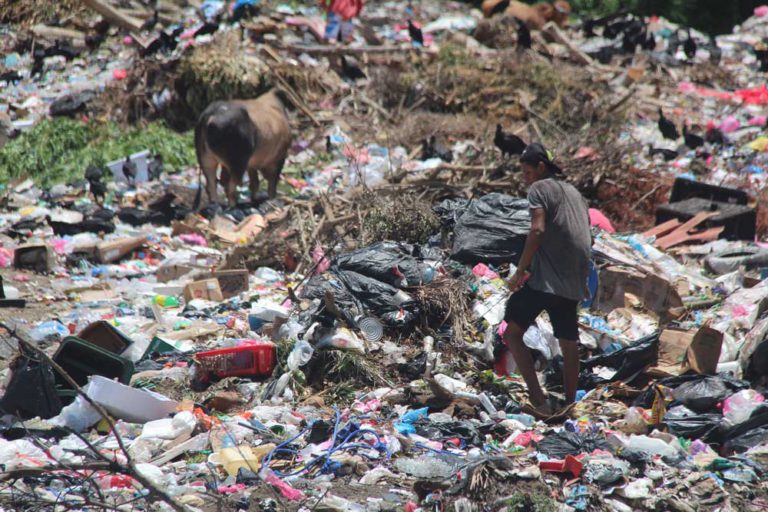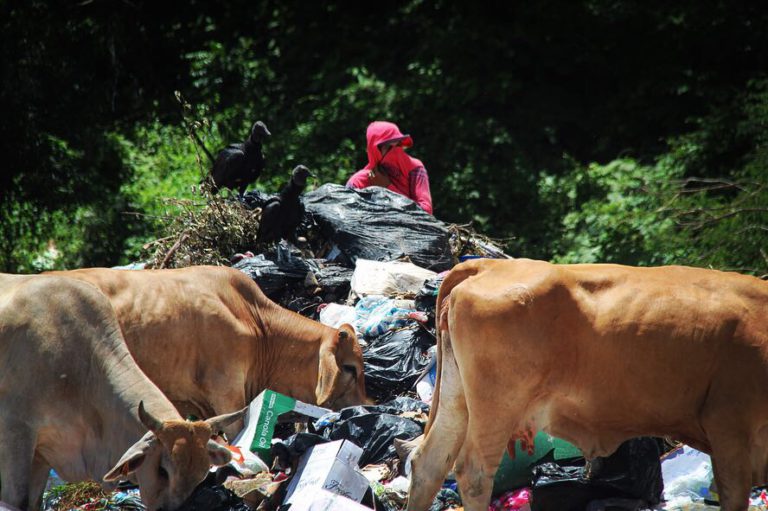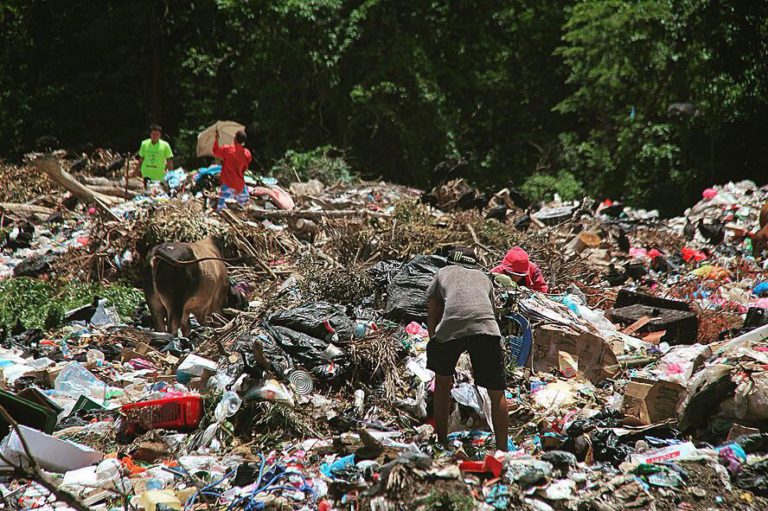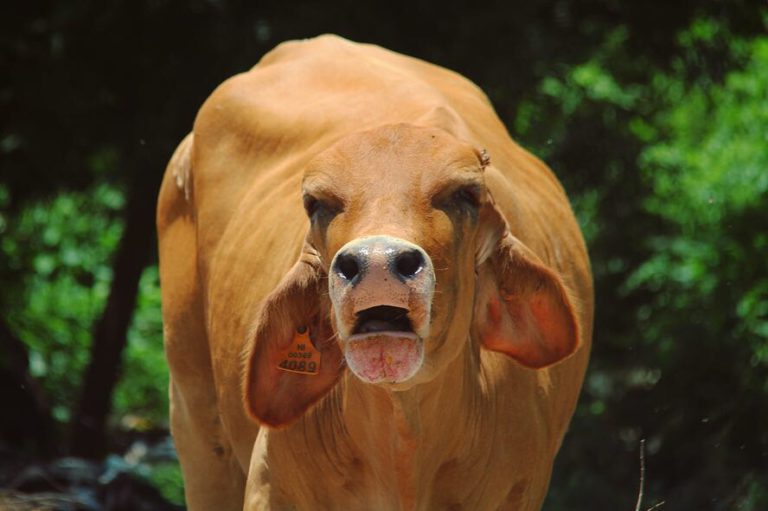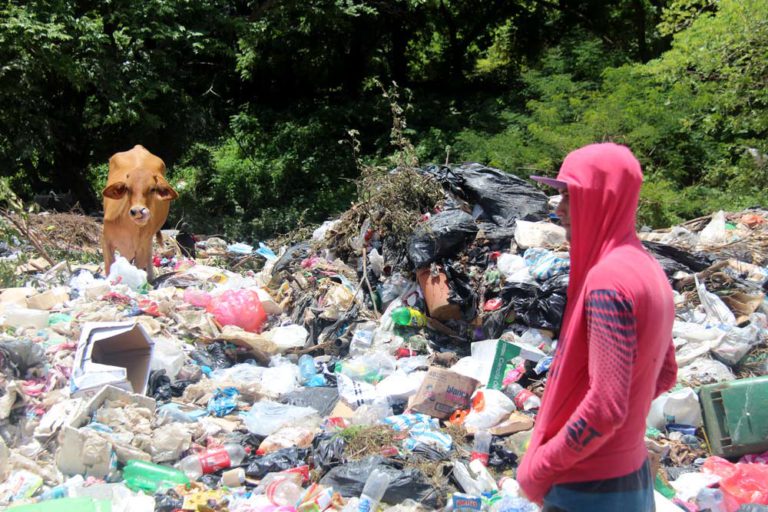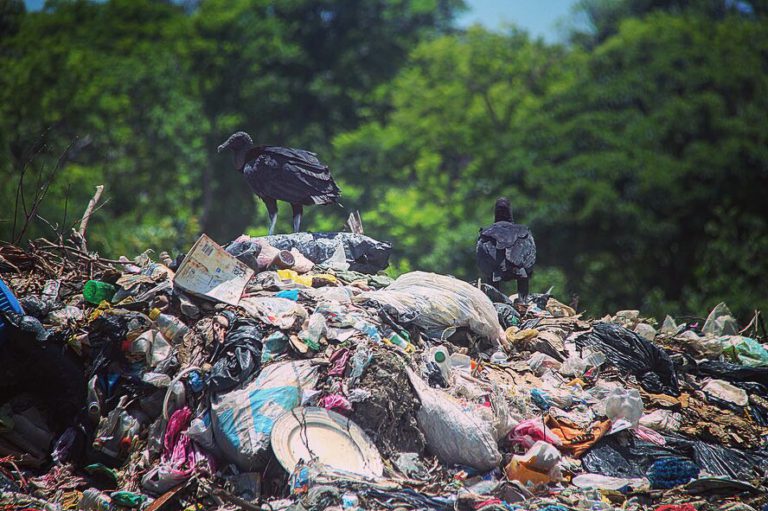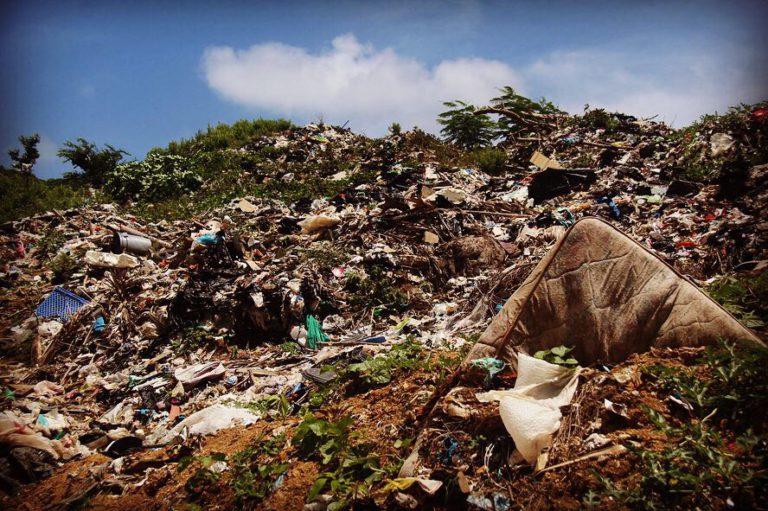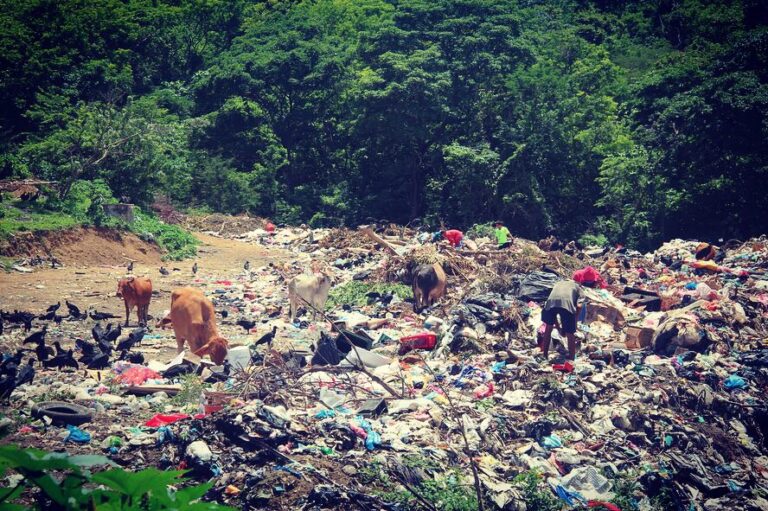July 2019
Just a few kilometers outside Nicaragua’s San Juan del Sur – famous for its surf, parties and heavy drinking – lies this enormous garbage dump. It’s a side of Nicaragua that few tourists get to see. While understandably not on the country’s holiday brochures, it’s shocking to witness the sheer poverty that exists just below the surface of this town if one can only be bothered to scratch away at it a little.
The tip, which lies inland of San Juan, on the way to some of its most famous beaches, is surrounded by an enclosure and is guarded by a security guard. He seems surprised to see a foreigner stop by here and even more so, to find one with a genuine curiosity about the going-ons behind the fence. After a few minutes of friendly chatter, he allows me through and gives me the general low-down of the land.
“This is the biggest rubbish dump in the area. Probably one of the biggest in southern Nicaragua,” he tells me. “But compared to “La Chureca” in Managua (Nicaragua’s capital), this is only a small site. No one lives here. People just come to work and collect what they need in order to live.”
I later discover that La Chureca is the biggest rubbish tip in Central America and measures in at a mindboggling 40 hectares. Perversely, it is considered a kind of gold-mine for the 2000 people who dig through it daily, as the 1200 metric tonnes of solid waste deposited there every day gives them the only possibility they have to survive in one of Central America’s most troubled countries. 800 people – including children and elderly – live in La Chureca, with 450 more families residing in the surrounding areas. Every day, they rise bright and early and begin to shovel through the mountains of waste, often with their bare hands, in order to collect metal, copper, plastic, paper and glass. Twenty kilos of plastic for example, gives them the two and half US dollars that they need to buy some rice, beans and cooking oil to get them through the day.
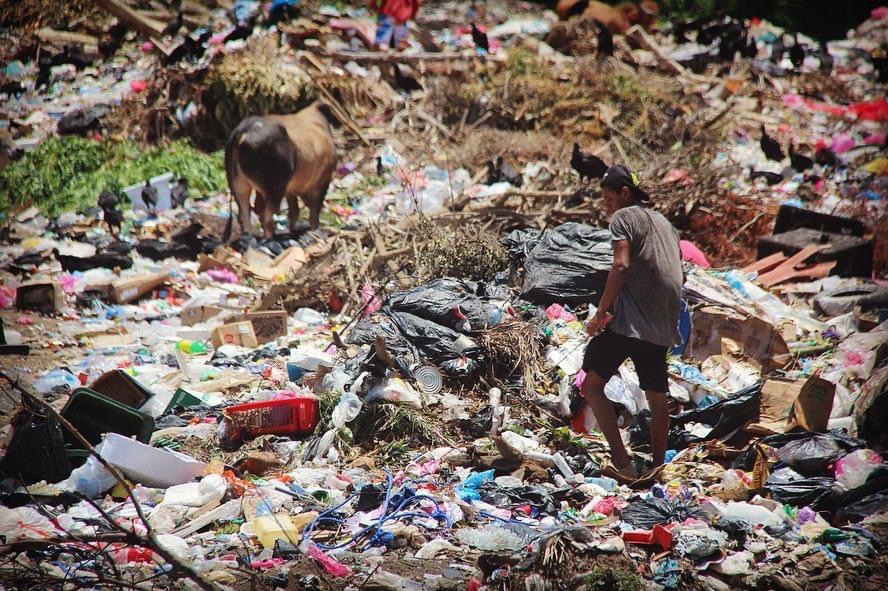
I thank the security guard for letting me in and begin to make my way down the hill and through this village of trash. The first thing that hits me like a fist in the face is the smell. It’s hard to describe exactly, but then again, so is the scene unfolding before my very eyes. The putrid smell of decaying meat, rancid eggs and ammonia pierce through the air and I have to cover my nose and mouth with a bandana in order to move forward. It’s even more disturbing when I realize that the people ploughing through the mountains of trash do not feel the need to do the same, nor do they have the luxury of gloves to protect their hands.
I see two young men digging through a massive pile of garbage and approach slowly, respectfully and with caution, keeping my camera firmly by my side. They are wary of my presence and clearly in no mood to socialize. This is work for them, plain and simple, and I can imagine that they want to be done from here as soon as possible. My friendly greeting receives nothing more than a distrustful stare, as one of the men scrutinizes me from top to bottom before turning back to his work. I know how it looks. With my fairer skin, branded backpack and extravagant-looking camera, I am acutely aware that I stand out like a fish out of water.
A sudden noise just behind me startles me and I turn to see a cow stick its head out of the trash, munching furiously away at some decayed food. Meanwhile, black vultures, true to their name, circle above and scavenge through everything and anything they can get their beaks on.
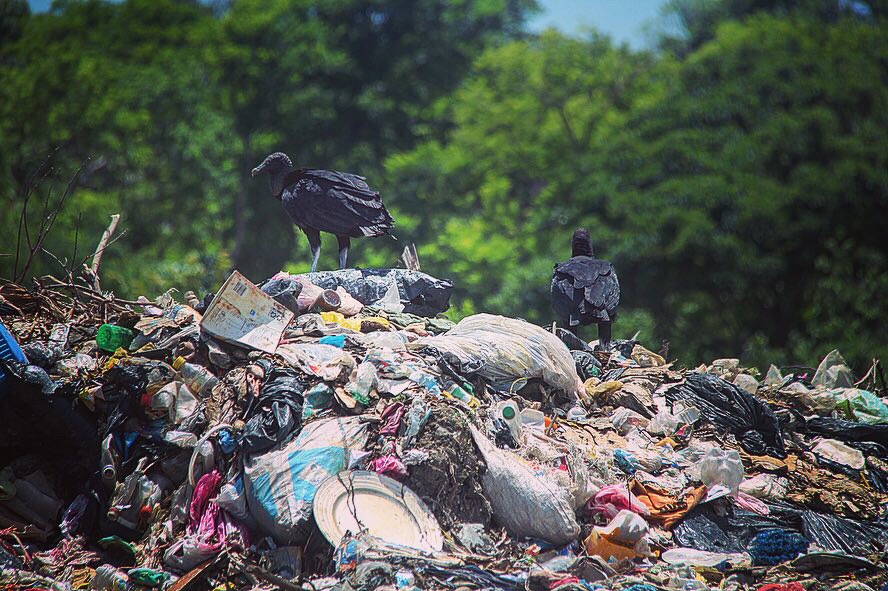
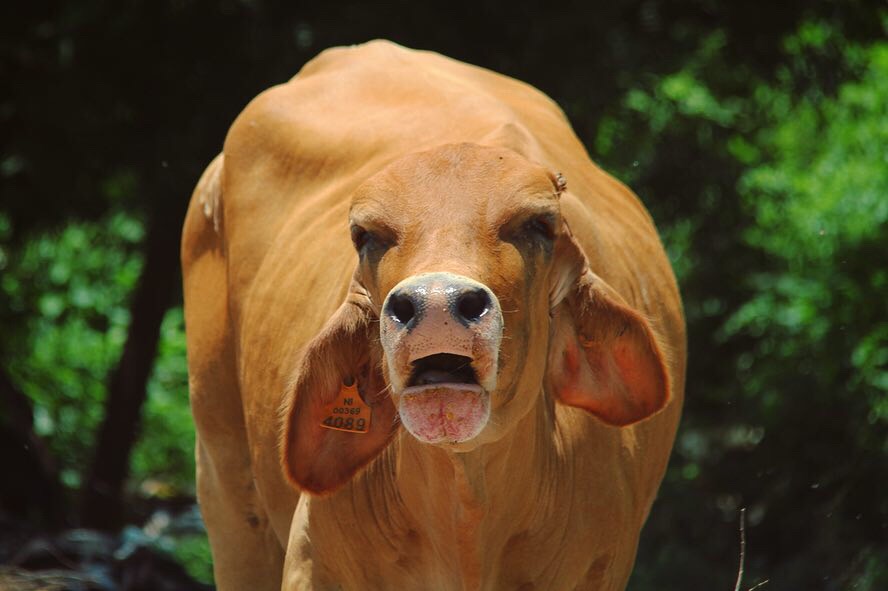
I approach the men again and decide to try a different approach. I invite them to take a break and offer them some snacks from my bag and luckily, this seems to ease the tension. They cannot be more than 19 or 20 and seem shy and even embarrassed by their reality. I notice that they avoid telling me their names even after I have given them mine and one tells me in way of explanation: “We don’t do this regularly. We were at home and needed some extra money so we came down here. But there are others, many others, who make their living and survive in this way.”
I want to know if they are looking for something specific or if any material will do. “We only look for aluminum because that’s the only thing we get paid for. If you want to pick up glass or plastic for example, you need a special permit and we can’t get that. A few pounds of aluminum will give us the money we need today.”
It’s easier said than done of course. Though there are undoubtedly kilos of aluminum cans in the debris, getting to them and separating them from the rest of the rubbish is a whole different matter.
I suggest that it might be a good idea to use gloves for safety, as god only knows what kind of rusted metal, glass, or even animal life lay in these rubbish tips, but the man only shrugs. “This is a small amount of rubbish compared to what it normally is. They cleaned it up recently. Where did they put it? Oh, just behind the mountain over there,” he tells me as he points behind a gigantic pile of rubbish at the far corner of the site. “Like I said before, we don’t do this often, so it’s fine…”
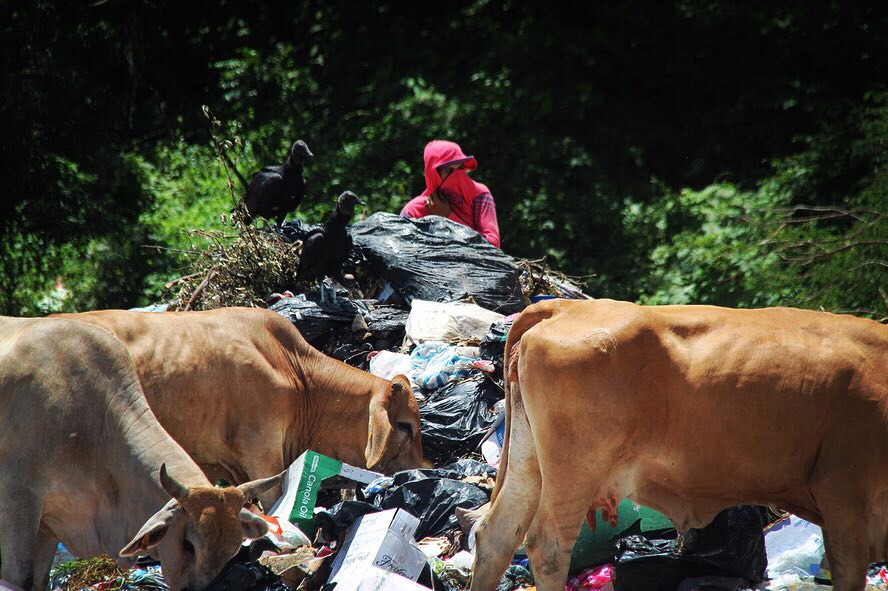
I also inquire about where the cows have come from and am shocked to be told: “The cows that are here have owners. They bring the cows here in the mornings and then go off to work. I think they own a bakery. It’s an easy way for the cows to find food as the animals can live off the trash. And then in the afternoon, they come and pick them up and take them home.” It’s perturbing to me that this might be the most practical way for some of these people to take care of their livestock. It also begs the questions of whether or not these cows give the families milk and if so, how safe it is for them to be consuming it?
I thank the guys for their time and company, give them a few dollars-worth of cordobas (Nicaraguan currency) and wish them all the best. I leave the rubbish tip and as I get on my motorbike and make my way back towards San Juan del Sur, I get an overwhelming feeling of despondency. It’s hard to stomach these kinds of realities, and even more so once you get back to San Juan and realize that today of all days is what San Juan prides itself on. “Sunday Funday” takes place on the last day of each week, as youngsters from all over the first world get together to listen to pop music and take shots off each other’s breasts and mouths. Blissfully unaware that just a few short kilometres down the road, people the same age as them are digging through mountains of rubbish, desperately trying to gather enough recyclables to give them the equivalent amount of money as the cost of one of their rum and cokes.
